Interview with photographer Nicholas JR White
August 2nd, 2017 by Cary Benbow
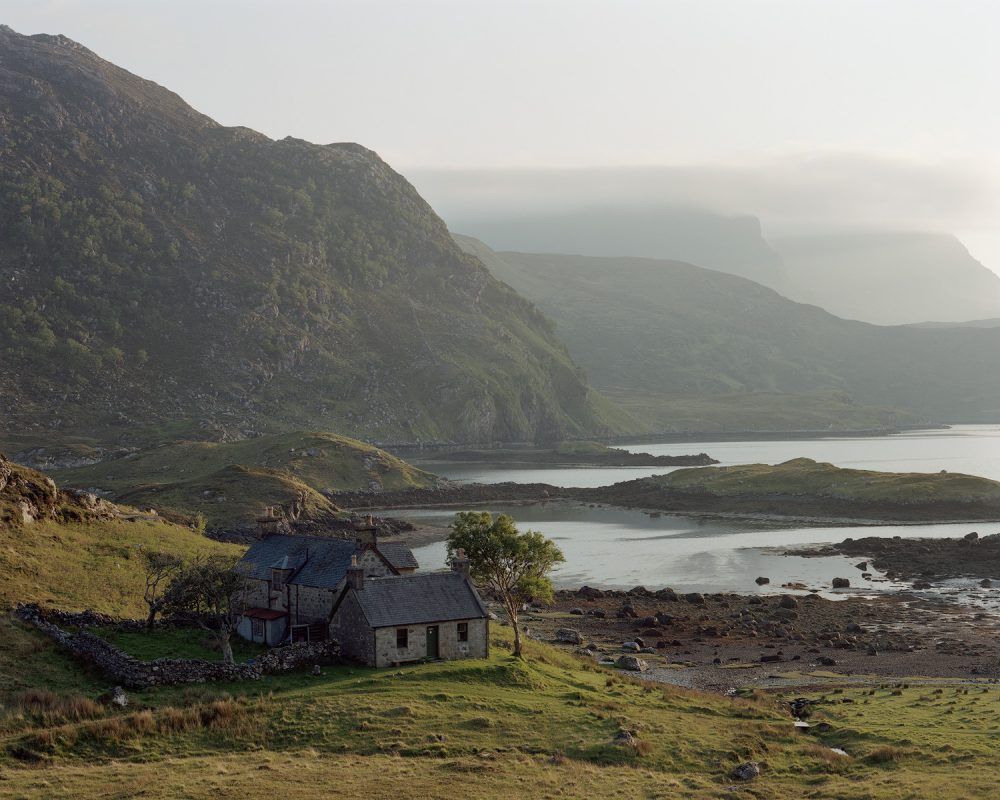
The ‘Black Dots’ by Nicholas JR White is a project that looks at bothies and the culture that surrounds bothying in the United Kingdom. Bothies are small shelters situated in the most remote corners of the British Isles. They remain open all year round, and provide shelter and security for people who travel or hike the land.
White says the project addresses the common theme that runs true through his work; which is our interaction with the landscape. However, he feels the project is autobiographical in many ways. It confronts his own craving for distance and escape, and reflects his admiration for the British landscape.
“My photography grew from a fascination with the outdoors. I spent my childhood hiking in the national parks, and so I suppose my relationship with the landscape was ingrained from a pretty young age. My interest in photography grew from a desire to document these adventures, and that’s still something that remains true today to some extent. As I began thinking more about my photography, I became drawn to the notion of constructing narratives; storytelling, almost. I think that came hand in hand with a deeper understanding of my subjects too, I spent a long time really considering my relationship with the “land” and how that impacts me and work. Nowadays my work almost entirely focuses on that relationship, but on a less personal and more universal level.”

White uses large format cameras for his ‘Black Dots’ landscapes. He finds the process of using them to be therapeutic, almost cathartic. When I asked him what makes him photograph in this way, he said, “I find myself being both completely detached from the world yet fully immersed in it, all at the same time.”
When asked what his approach to being a landscape photographer entails, White says he has an obligation to be honest; to not shy away from capturing a location when the weather is less than ideal. He likes to refer to these conditions as “honest light”. White continues, “As wonderful as it is to shoot images on beautiful summer evenings when the light is nice and gold, it wouldn’t be an honest depiction of the British landscape unless I confront the more gnarly conditions!”
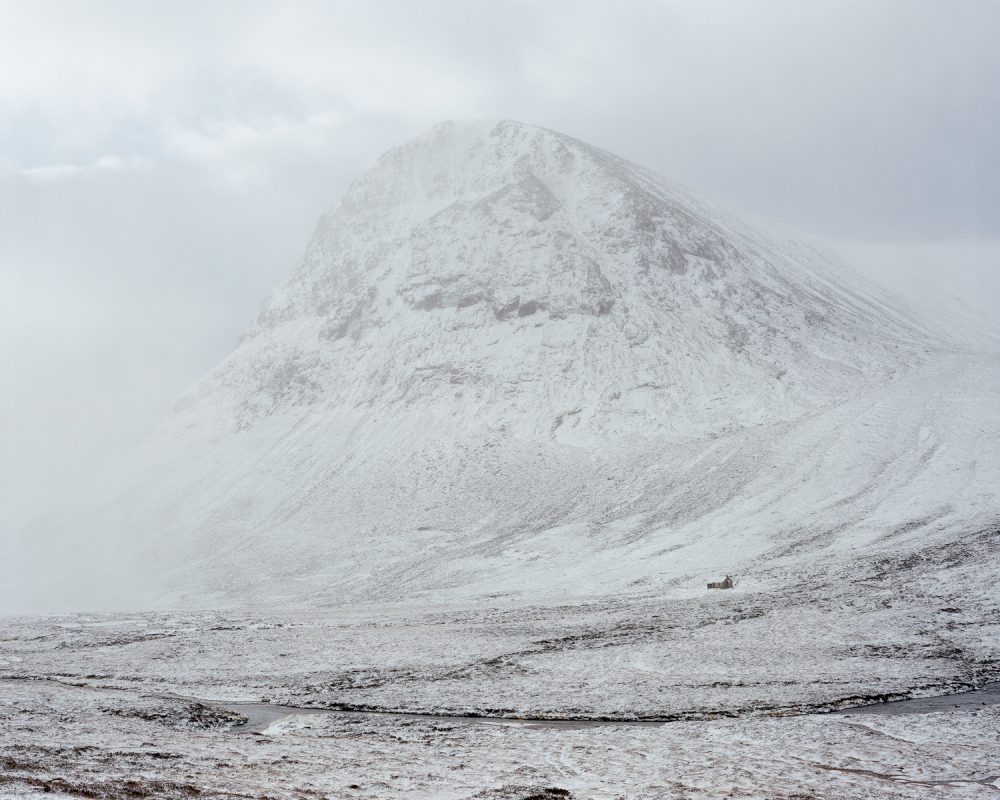
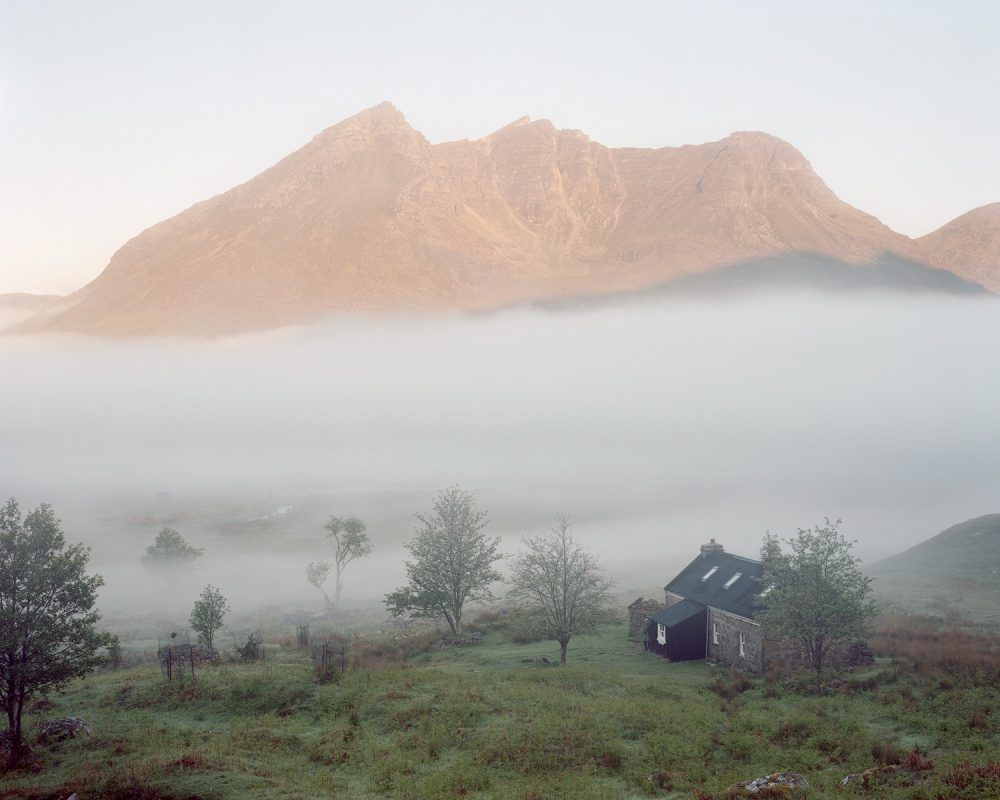
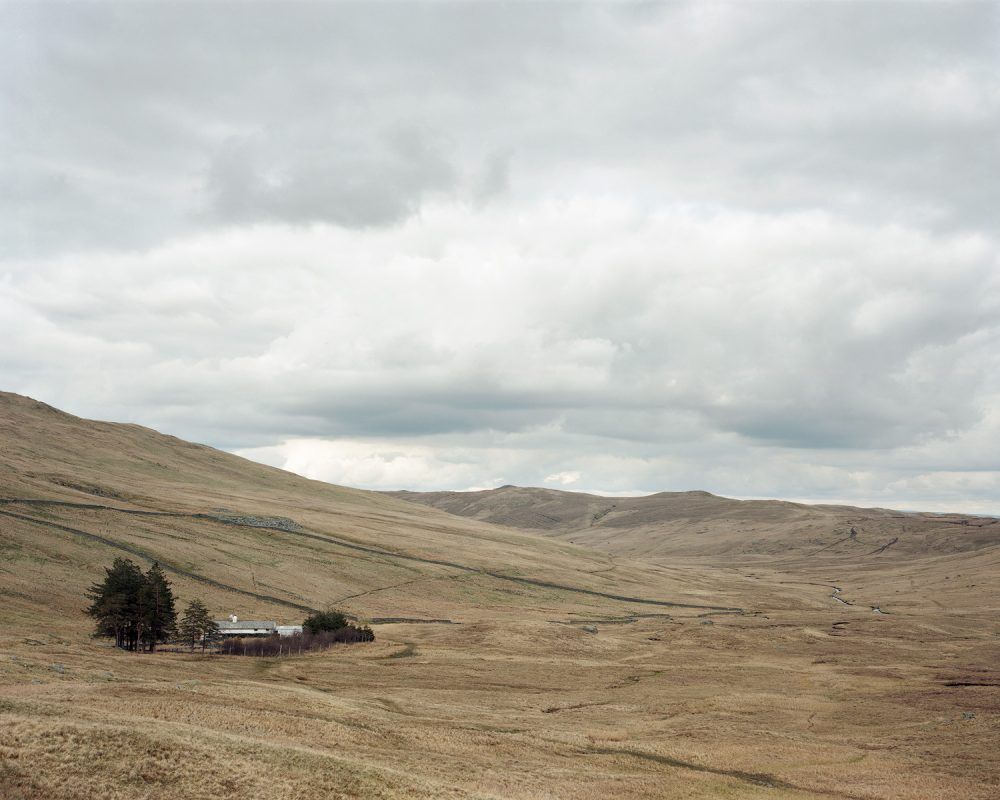
The scenes captured by White showcase the sweeping vistas afforded to his camera, as well as interior shots of the bothies, and fellow travelers as well. I asked White if the people in the project have more significance than mere figures; and his reply was a thoughtful one. “My photography talks very much about our relationship with landscapes, and the individuals I photograph play a huge role in helping me to communicate that. With ‘Black Dots’, the project wouldn’t function without them; bothies exist because of the people who use and maintain them, so they’re an integral part of the bothy story. All of the people who feature in Black Dots were strangers who I encountered at the bothies, and most of the time I shared the shelter with them the night before.”
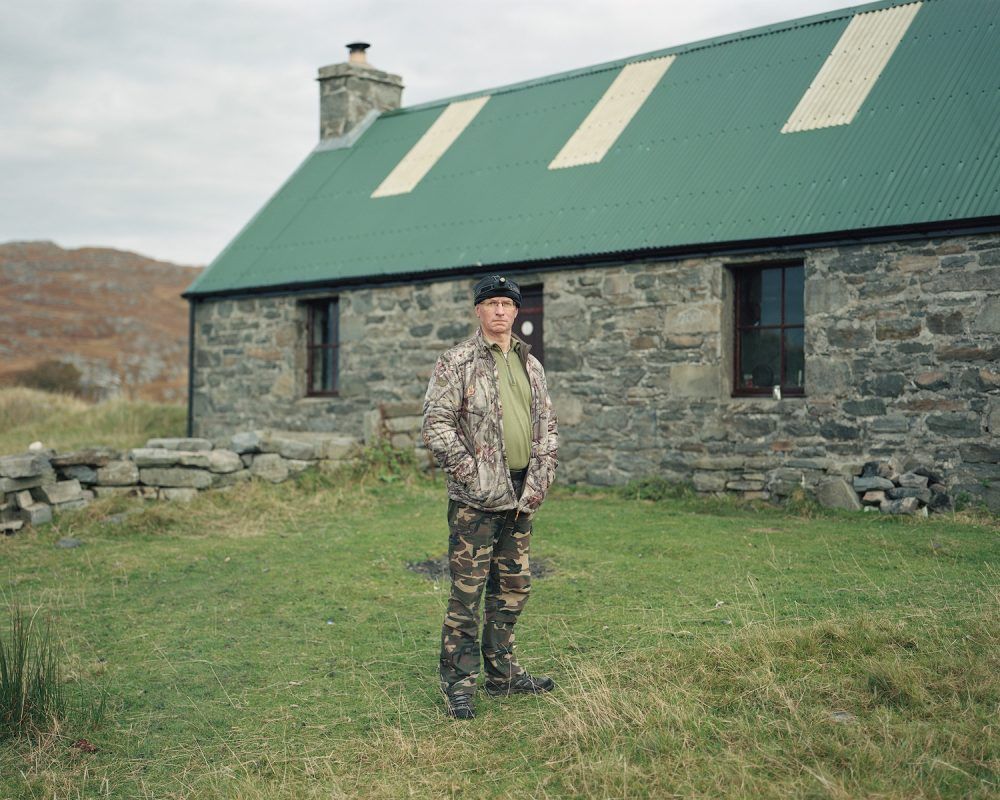
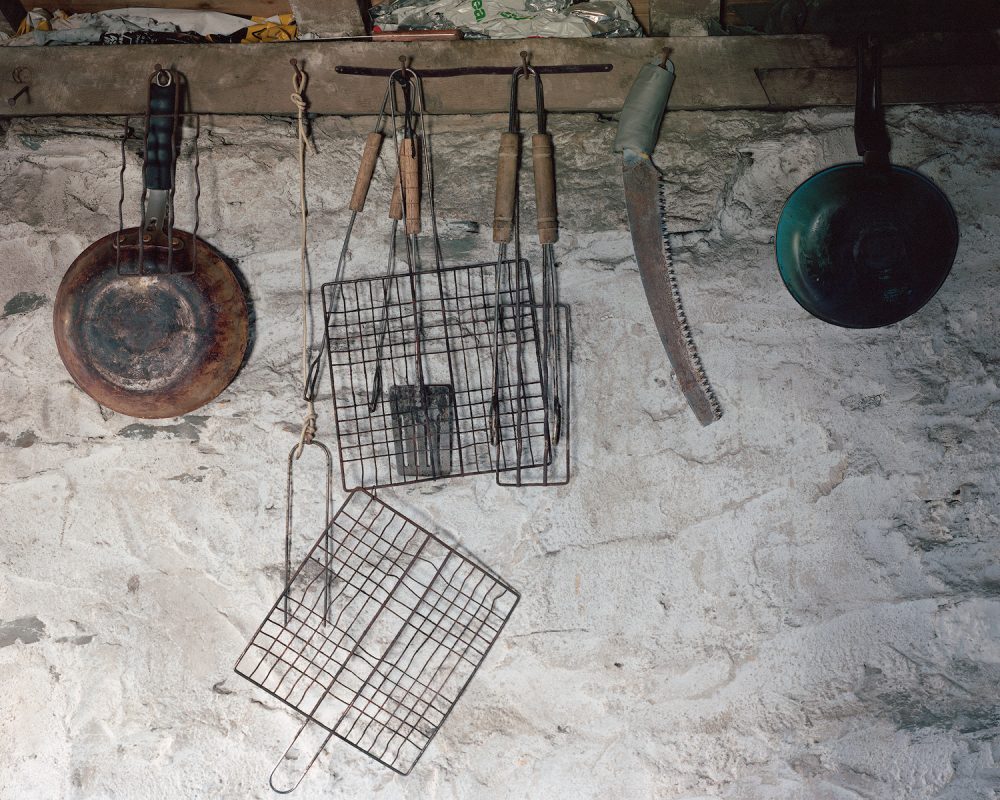

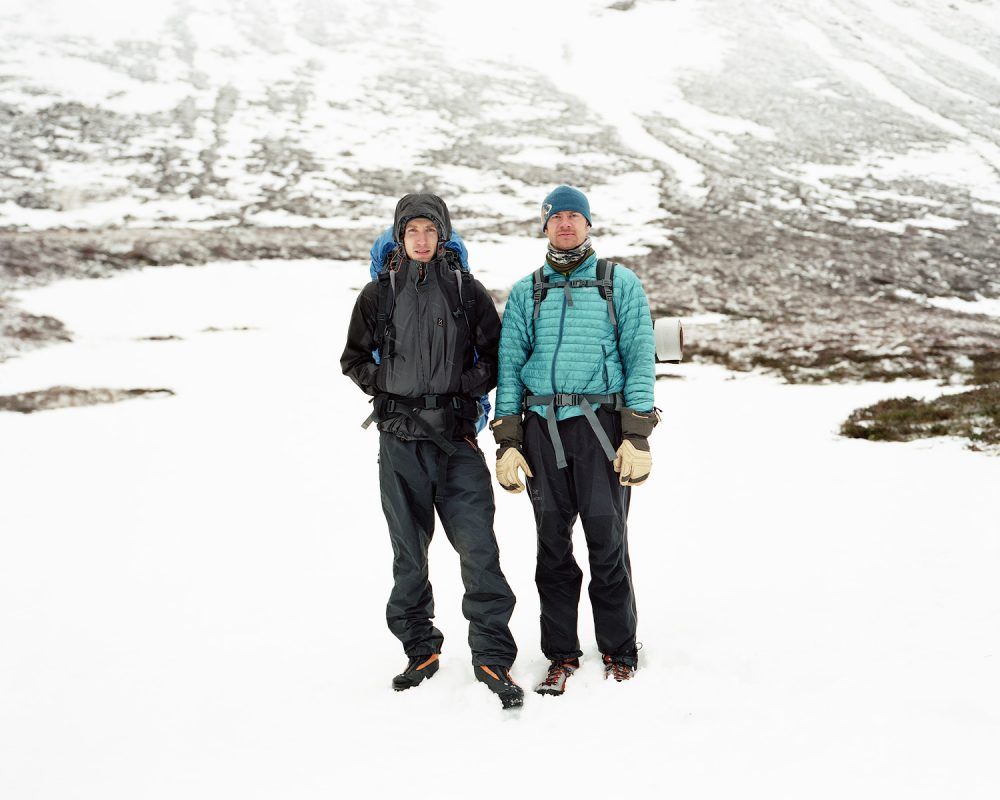
There are elements of nature, wildlife, landscape, and man’s inclusion/interaction with nature in White’s ‘Black Dots’ project. Many of these themes and subjects being explored wouldn’t exist, or even succeed if all those elements didn’t come together the way he captures them. Interactions such as these can be detrimental to natural spaces themselves, but in other cases they demonstrate a fascinating collaboration and a system that works. “With Black Dots, I believe this is a document of a successful interaction with the landscape,” White comments. “but you’ll notice that the landscape is always given priority.” A perfect example of this would be his image of Corrour Bothy and The Devil’s Point.
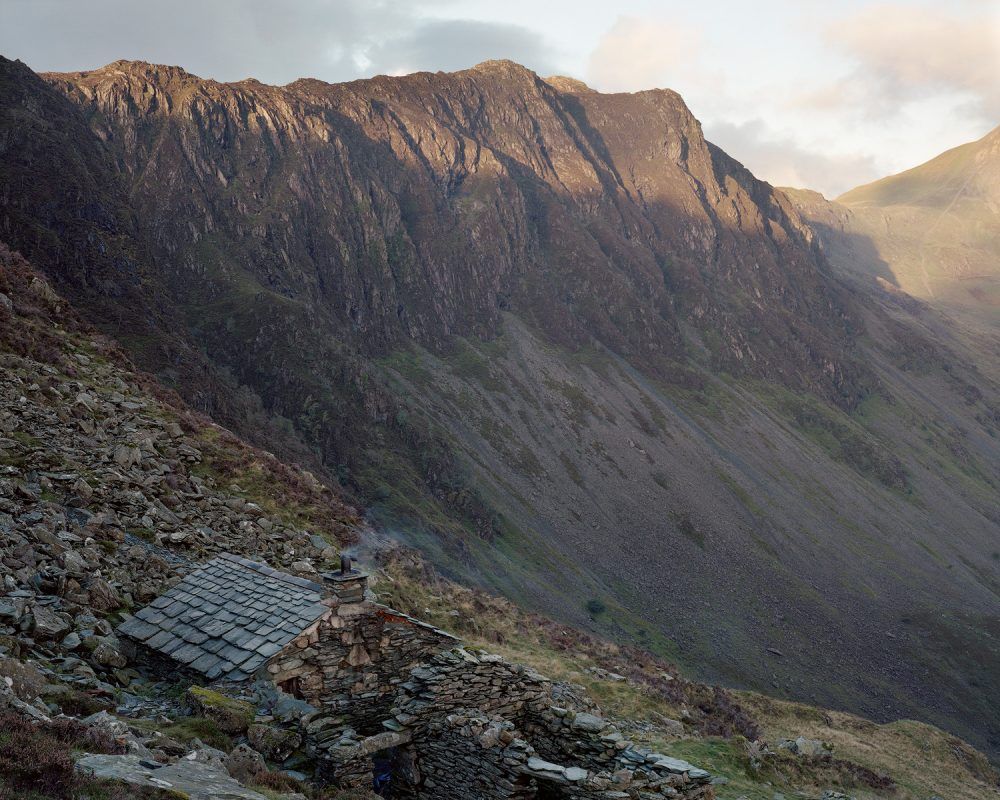
Corrour Bothy and The Devil’s Point, The Cairngorms, Scotland
White cites Simon Norfolk as one of his primary inspirations, even though their styles of addressing landscape photography is different. “So many photographers use the landscape in interesting and diverse ways, the lines have become blurred as to what defines a “landscape” photographer. Put Joe Cornish, Edward Burtynsky and Alec Soth in a room together and they’d all find common ground — but the images themselves will be so different.”
In our conversation, White reflected on the work of Simon Norfolk and the influence upon his own work. Perhaps not surprisingly, he sums it up by saying, “Aside from the fact that I simply enjoy gazing at his images, it’s the intelligent use of visual tools that really caught my attention – be it subtlety or beautification. He has this ability to pull you into his work and to tell you everything he wants you to know without the viewer even realising it.” One could come away with a similar impression after viewing White’s ‘Black Dots’ project; the inclusion of man and his habitation of the land, however brief or long, relates to each of us and pulls in the viewer into his beautiful landscapes.
Nicholas JR White is a photographer based in the UK, whose work examines our relationship with landscape and the ways in which we interact with our natural spaces. He has been featured in numerous publications internationally as well as being included in notable photographic competitions such as the Magenta Foundation Flash Forward, Royal Photographic Society IPE, Landscape Photographer of the Year and the World Photography Organisation ZEISS Photo Awards.
To see more of Nicholas JR White’s work, visit his website at http://www.nicholasjrwhite.co.uk/
Also published on Medium
About Cary Benbow
Photographer, Writer, Publisher of Wobneb Magazine
Location: Online Type: Featured Photographer, Interview, Landscapes, Portraits











Leave a Reply